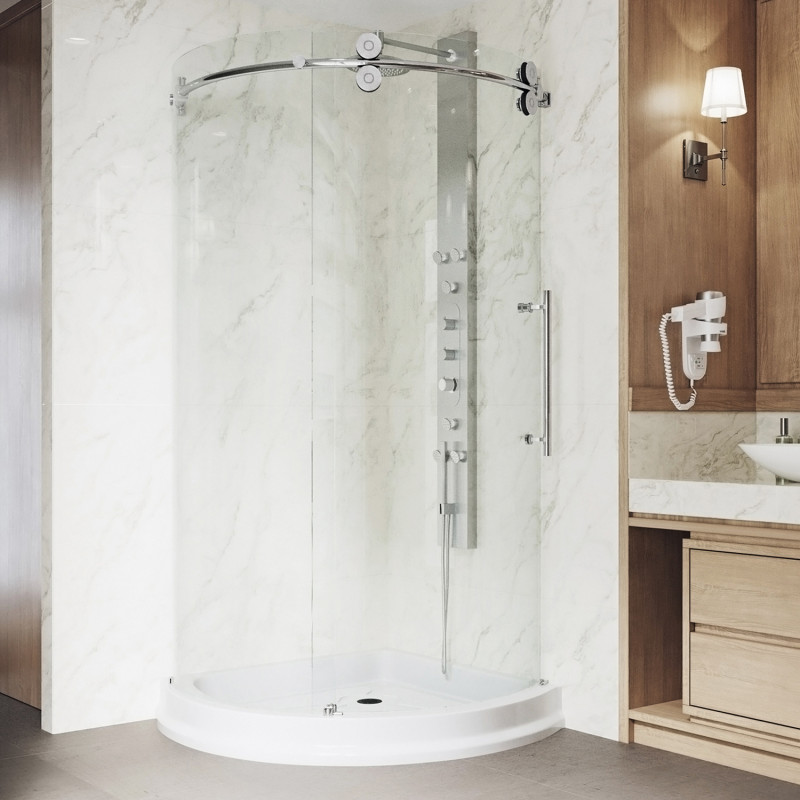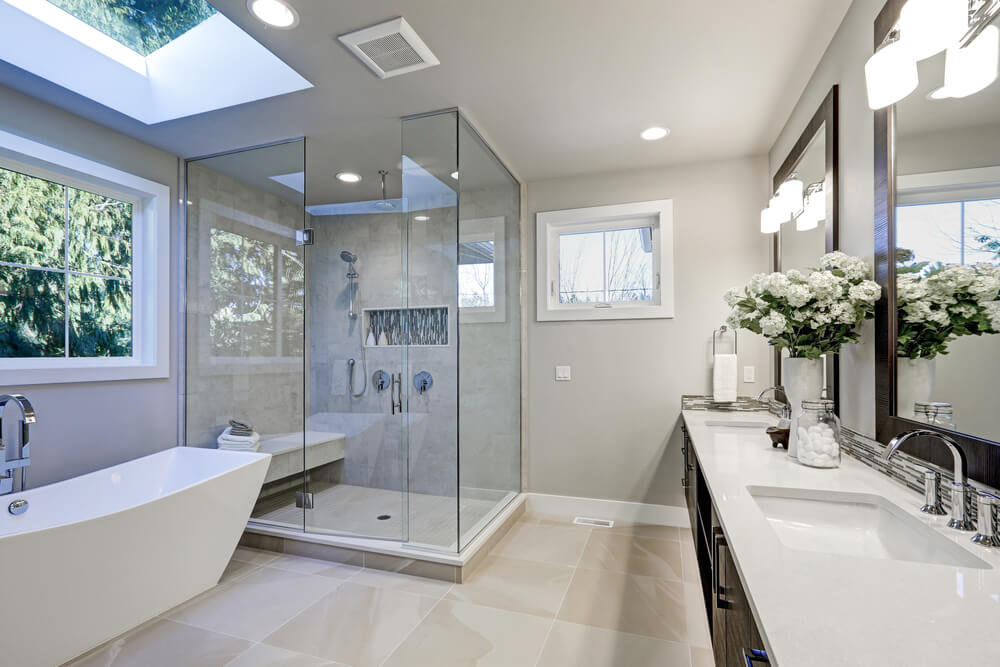How do you feel with regards to How to Install a One-Piece Shower Unit?

An effective shower installation needs careful preparation as well as a lot of work. In many cases, you will require to do 3 types of tasks: framing walls, installing the plumbing, and also completing walls.
Various Sorts Of Shower Units
Many Usual Errors
Preparation.
To start with, you have to decide on the type of shower that you want to set up. It is important to ascertain whether the selected shower can handling certain systems and also can regulate a safe level of water via the central heating boiler. The majority of shower devices nowadays are developed to be versatile to various water stress (such as saved warm water as well as cool mains).
It is also crucial to take into account the water pressure and the preparation of the piping and also drainage for the shower.
Technique.
Relying on the sort of shower you desire to mount, the shower head must either be fitted in order to prevent its contact with the water in the bath below or the base tray, or it must have a check shutoff.
Prior to beginning, it is advisable to note the placements of the shower head and also control, and to plan the pipe-work involved. Additionally, the drainage system to remove the waste water will need to be planned. Both settings of the cable course as well as the shower button will certainly likewise need to be considered if an instantaneous or electric shower system is being mounted.
Use the instruction overview provided with the shower system to fit the shower control.Before suitable the pipelines that will provide the water to the shower system, it is essential to cut off the water system. In order to safeguard the pipelines, they need to be offered a waterproof covering and also fitted with isolating shutoffs. The pipes can then be hidden into the wall surface and smudged over to neaten the total appearance.
Fit the base tray, shower head, and also fittings.
Connect the primary shower control to the pipes that will be providing the water (This may require a female screw string adapter).
Reconnect the supply of water and also test the pipelines for any leakages, as some might need firm.
If you are setting up an electric shower, remember to turn off the electrical power supply prior to making any electrical links. Once these connections have actually been made (there should be support within the user's manual), the power supply can be switched back on.
Changing Water Stress to Suit Your Shower.
The cold water tank can be raised to a better height (often just 150mm (6inches)) by installation a solid wooden assistance beneath it - possibly composed of struts as well as blockboards. If you pick this choice, the primary as well as circulation pipelines will also need to be elevated to meet the new elevation of the tank.
Conversely, a booster pump (a single pump or a dual/twin pump) can be fitted. Whichever type is selected, it needs to be connected right into the power supply in order to operate.
Piping as well as Water drainage.
It is best to make use of 15mm size supply pipes, and make the runs to the shower as short and straight as possible so as to preserve optimal stress as well as reduce warmth loss. Additionally, by reducing making use of elbow joints for pipe corners, you can lower the resistance in the flow of the water supply. You can attain this by flexing the pipelines rather.
How Do You Install a Shower? Follow This Guide
Installing a Shower at a Glance
Tools & Materials: Level, electric drill, caulk, hole saw, cedar shims, shower unit Step 1: Drill pilot holes Step 2: Prep fixture holes Step 3: Move unit into place Step 4: Caulk corners and base Step 5: Attach door Step 6: Install shower pan Whenever plumbing is involved in a DIY project, people worry about what might go wrong. The truth is that installing a shower isn’t that complicated, and you can save a lot of money by doing it yourself. You shouldn’t need to make any alterations to your plumbing to complete the job, and most of the tools you need will be provided in your new shower kit.
Can I Install a Shower Myself?
Even if you’ve never installed a shower before, you’ll find this to be a project that is perfectly suited for DIYers with a moderate level of experience. Whether you're doing a bathtub conversion or installing a new stall, most of what you need comes in shower kits that you can purchase from a hardware store. The first thing you need to do is determine what type of shower stall you want.
Single-panel stalls are the easiest to install because they come preassembled. All you need to do is put them in place. Multi-panel showers require a few additional steps, but you’ve got more control over the appearance of your unit. Multi-panel units are also much easier to handle if you’re going to do the installation without any help.
Be sure to take all appropriate safety precautions, such as wearing eye protection and gloves. When you’re removing or installing a shower unit, you might kick up debris that could hurt your eyes. You’ll also need to work with equipment that will get extremely hot, so be sure to have safety gloves handy.
Tools and Materials
2- to 4-foot level Electric drill with a 1/8-inch drill bit Caulk 2-inch hole saw Cedar shims The unit itself Before You Begin: Prep the Space
It’s highly important to measure your space accurately before putting the stall in. Measuring from the floor upward and from each corner outward will ensure you’ve got the right measurements. What you’re looking for is where the plumbing apparatuses are going to come through the stall. Transfer these measurements over to the back of your unit by drawing the locations of these holes using a pencil or marker.
Pull out your old shower and make sure to scrape off all the old caulking. Be thorough because you want to work with smooth surfaces for the best installation. Once you’ve pulled out your existing shower, you need to make sure that the floor is clean and dry. The best way to clean debris is with a shop vacuum, as it’ll soak up water and dirt together.
If you’re experiencing any plumbing issues, such as low water pressure, this is a perfect opportunity to solve them. Make sure that the pipes themselves are not in need of patching and clean your showerhead. When you turn the water back on after your project, check the pipes for signs of wear or disrepair. Anything beyond minor repairs should be handled by a plumber, and this is the best time to bring in a professional.
If the floor has any moisture at all, don’t proceed until it’s completely dry. The last thing you need is for the floor to rot or invite mold and mildew into your base. Once everything is dry, apply waterproof wallboard to the walls. This can be attached with screws or nails, then sealed with caulk so that water doesn’t seep into any crevices.

We were shown that editorial on How to Install a One-Piece Shower Unit through an associate on our other domain. Sharing is nice. Helping people is fun. Thanks a bunch for your time. Visit us again soon.
Call